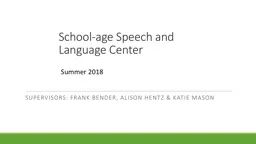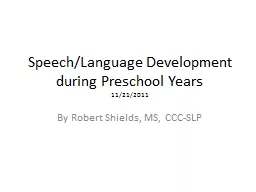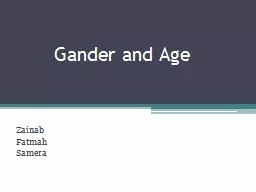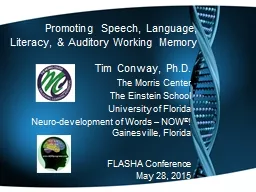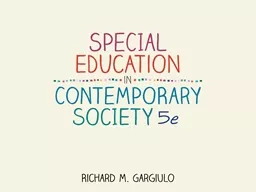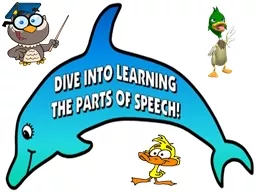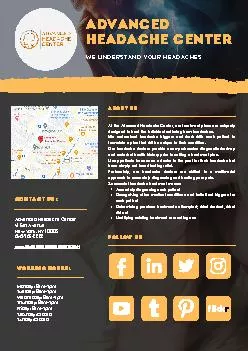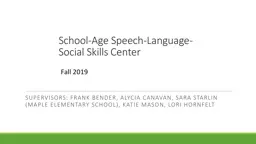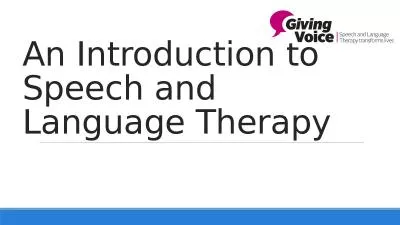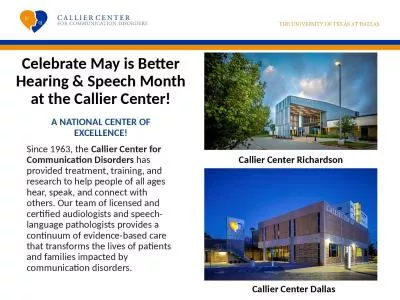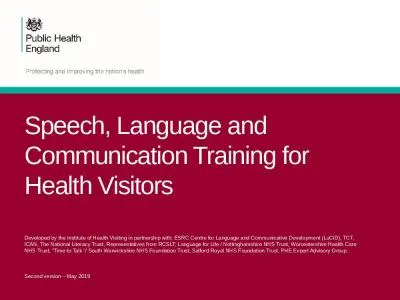PPT-School-age Speech and Language Center
Author : melanie | Published Date : 2022-06-11
Supervisors Frank Bender Alison Hentz amp Katie Mason Summer 2018 Todays Schedule Complete Clinical Survey Briefly Review the Clinic Calendar and Group Meeting
Presentation Embed Code
Download Presentation
Download Presentation The PPT/PDF document "School-age Speech and Language Center" is the property of its rightful owner. Permission is granted to download and print the materials on this website for personal, non-commercial use only, and to display it on your personal computer provided you do not modify the materials and that you retain all copyright notices contained in the materials. By downloading content from our website, you accept the terms of this agreement.
School-age Speech and Language Center: Transcript
Download Rules Of Document
"School-age Speech and Language Center"The content belongs to its owner. You may download and print it for personal use, without modification, and keep all copyright notices. By downloading, you agree to these terms.
Related Documents

